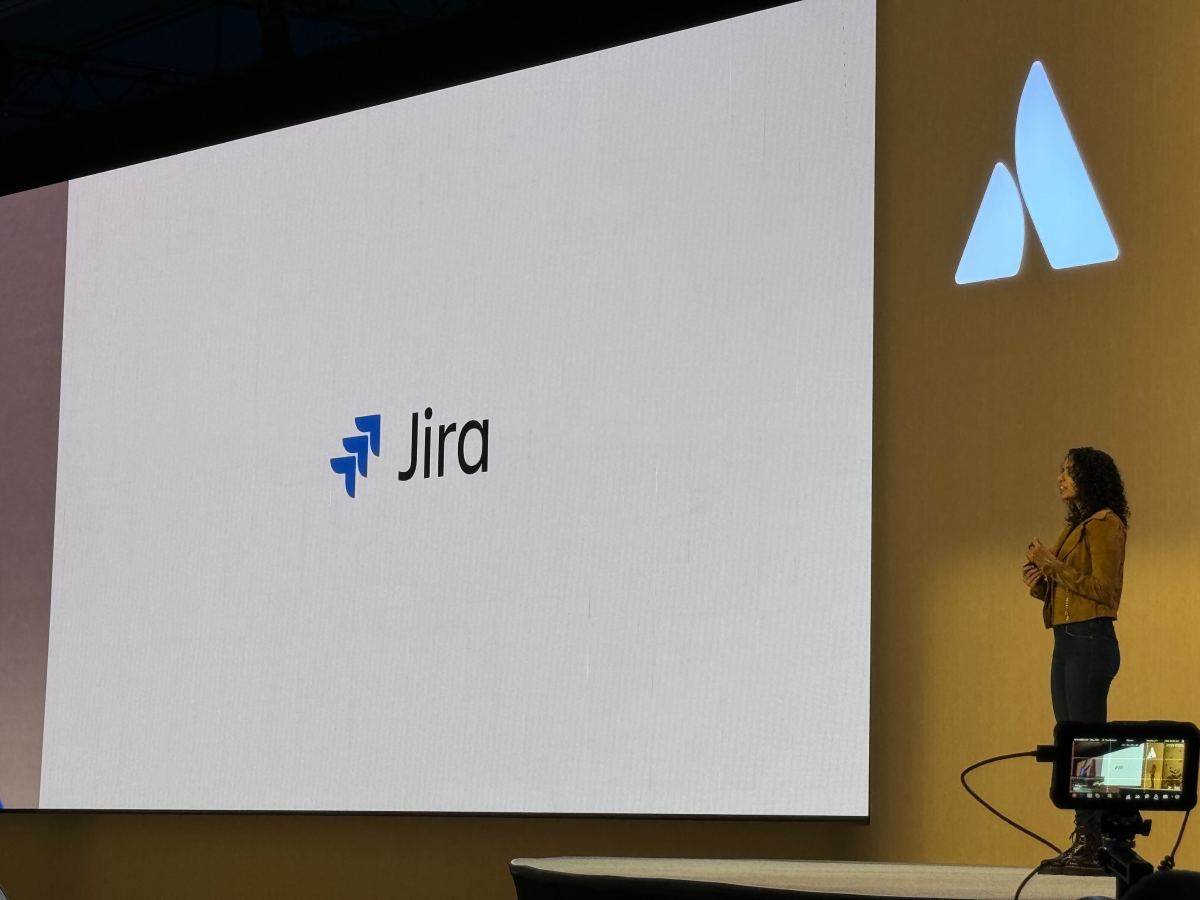At its Team ’24 event in Las Vegas, Atlassian today announced that it is combining Jira Software with Jira Work Management into a single product under the “Jira” brand.
The roots of Jira, Atlassian’s flagship project management tool, lie in software development and issue tracking for developers. Over the years, however, the company expanded its offerings to include versions of Jira for various other teams. This includes Jira Work Management for business teams such as marketing, sales, and human resources, which was introduced in 2021 to replace the previous product, Jira Core.
In today’s announcement, Dave Meyer, the head of product for Jira, states, “We believe great teams are built on a foundation of shared goals, coordinated work, and free-flowing information across functions. That’s why the latest evolution of Jira provides a shared platform for all teams to align on goals and priorities, collaborate on work, and gain insights necessary to achieve remarkable results together.”
The goal is to offer a unified tool that facilitates collaboration and tracking of work across different teams within an organization. By combining Jira Software and Jira Work Management, Atlassian aims to reduce friction and enhance alignment on shared goals among teams, whether they are engineers, marketers, or designers.
It is important to note that Jira Service Management for IT teams will not be impacted by these changes.
More AI in Jira
As part of this update, Atlassian is introducing new features to Jira to enable enhanced collaboration, including several AI-based tools.
One notable feature is the new AI work breakdown tool (coming soon for Jira and Jira Premium users) that can automatically break down epics into individual issues or sub-tasks, with the option for manual editing. This feature streamlines project management tasks, allowing project managers to focus on higher-level priorities.
Additionally, Jira will soon have the ability to automatically summarize issue comments. This feature will also be available in Confluence, Atlassian’s workspace tool.
Previously, becoming a Jira power user required knowledge of the Jira Query Language (JQL) for issue searches. With the introduction of natural language capabilities powered by AI, users can now create JQL queries using simple, natural language.
Furthermore, Atlassian is launching a new generative AI writing tool in Jira that can create, summarize, and enhance descriptions and comments. These capabilities will also be integrated into Trello and Bitbucket, with plans to introduce them to Jira Product Discovery and Confluence.
Setting Goals
To further streamline collaboration, Jira will introduce a new feature called “Goals” in the coming month. This feature allows users to create goals in Jira’s list and issue views to visualize how each task aligns with overarching objectives. A directory of goals and goal progress charts will provide a comprehensive view of goals within projects.
New Views
Jira is introducing new ways to work with and visualize issues. Users can now view projects in a spreadsheet-like list format, enabling in-line edits and simplifying bulk edits.
For complex projects, Jira Premium and Enterprise users have access to the new “Plans” feature, which allows tracking of issues from different boards and projects in a single view.
A new calendar view is also introduced for tracking business projects with issues organized by due date. This feature will help business teams synchronize their work with upcoming software releases. The full launch of the calendar feature is set for a few months ahead.


